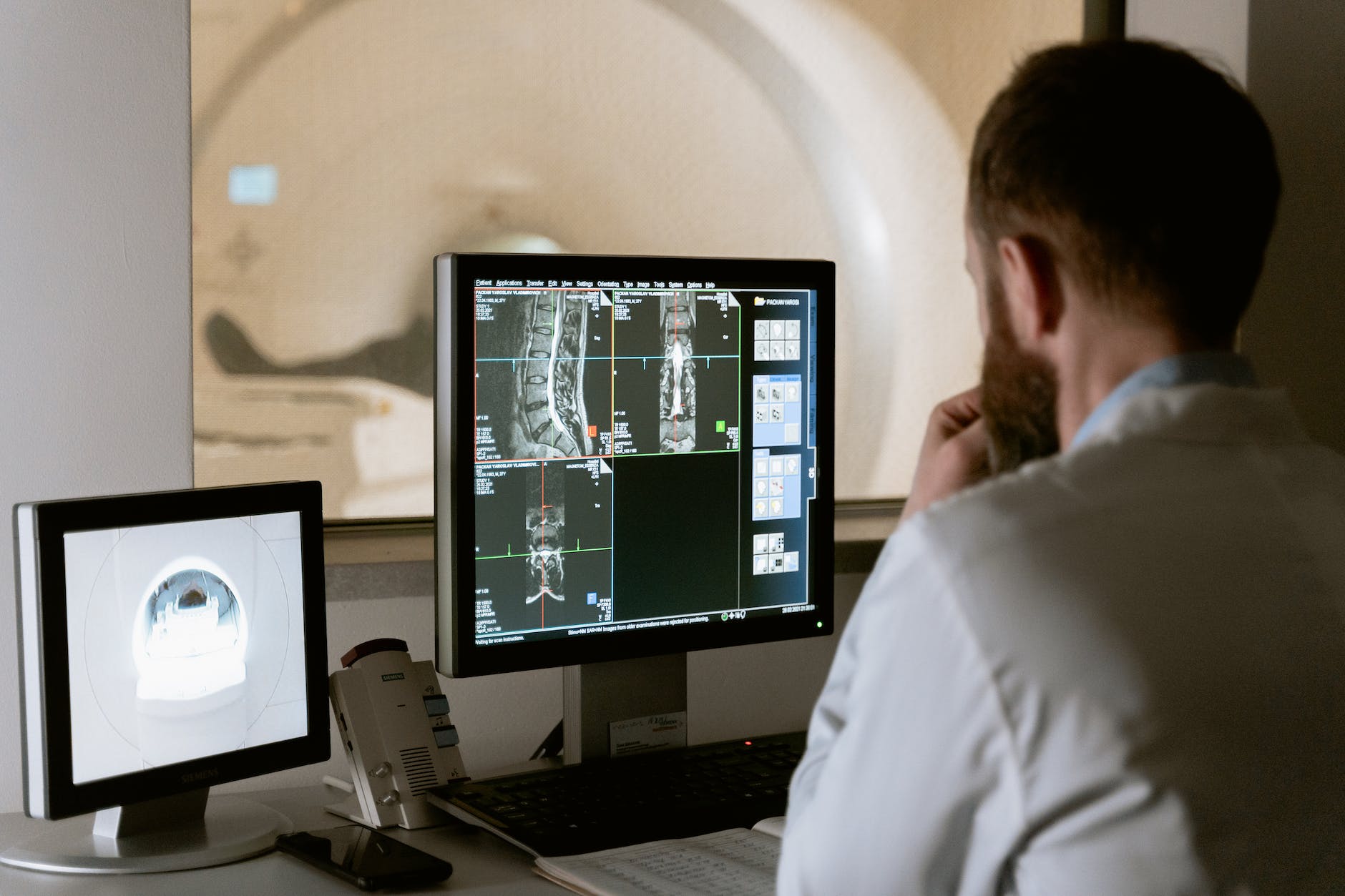
Fracture Management: Guiding the Path to Healing
Fracture Management : Fractures, commonly known as broken bones, are injuries that can happen to anyone, young or old. These injuries can be the result of accidents, falls, sports-related incidents, or even underlying medical conditions. Proper fracture management is crucial to ensure effective healing and to prevent complications. In this comprehensive guide, we’ll explore the various aspects of fracture management, from diagnosis to treatment and recovery.
Introduction
Fractures can disrupt daily life and activities, causing pain and limitations in movement. Fortunately, with modern medical advancements, fracture management has become more effective than ever before. Whether it’s a simple hairline fracture or a complex open fracture, understanding the types, causes, and proper treatment options is essential for a successful recovery journey.
Understanding Fractures
Types of Fractures
Fractures come in various types, each requiring a unique approach to management. Some common types include:
- Closed Fractures (H3): The bone breaks but remains within the skin.
- Open Fractures (H3): The broken bone protrudes through the skin, increasing infection risk.
- Greenstick Fractures (H3): Common in children, where the bone bends and cracks but doesn’t fully break.
Causes and Risk Factors
Fractures can result from sudden trauma or repetitive stress. Risk factors include age, osteoporosis, and participating in high-impact sports. Understanding the cause helps tailor the management approach.
Diagnosing Fractures
Clinical Examination
Doctors conduct a physical examination to assess the injury’s severity, location, and potential complications. Pain, swelling, and deformity are key indicators.
Imaging Tests
X-rays, CT scans, and MRI scans provide detailed images of the fracture, aiding in accurate diagnosis and determining the appropriate treatment plan.
Treatment Options
Non-Surgical Treatments
Hairline fractures and minor breaks can often be managed with immobilization techniques such as casting or splinting. These methods promote healing by restricting movement.
Surgical Interventions
Complex fractures may require surgical intervention, involving the realignment of bones and the use of screws, plates, or rods to stabilize the fracture site.
The Road to Recovery
Casts and Braces
Casts and braces play a vital role in immobilizing the affected area, allowing the bone to heal properly. Follow-up X-rays help monitor the progress.
Physical Therapy
Once the fracture starts healing, physical therapy aids in restoring flexibility, strength, and range of motion, ensuring optimal recovery.
Complications to Watch For
Infections and Delayed Healing
Infections at the fracture site can delay healing and lead to serious complications. Proper wound care and monitoring are essential.
Malunion and Nonunion
Improperly healed fractures can result in malunion (misalignment) or nonunion (failure to heal). Surgical intervention might be necessary to correct these issues.
Taking Care at Home
Pain Management
Pain management strategies, including prescribed medications and elevation, help alleviate discomfort during the healing process.
Self-Care Tips
A balanced diet rich in calcium and vitamin D promotes bone health. Following medical advice, avoiding excessive strain, and attending follow-up appointments are vital.
Preventing Fractures
Lifestyle Choices
A healthy lifestyle, including a balanced diet and regular exercise, can strengthen bones and reduce the risk of fractures.
Fall Prevention
Taking precautions such as removing tripping hazards and using handrails can prevent falls, especially among the elderly.
Conclusion
Fracture management is a multi-faceted process that involves accurate diagnosis, tailored treatment, and diligent recovery efforts. By understanding the types of fractures, seeking prompt medical attention, and following prescribed treatments, individuals can pave the way for a successful healing journey.
Bleeding Control: A Guide to Managing and Responding to Bleeding Incidents
Rescue Procedures: Ensuring Safety and Preparedness
FAQs (Frequently Asked Questions)
- How long does it take for a fracture to heal? The healing time varies depending on factors like the type of fracture, age, and overall health. On average, it can take several weeks to months.
- Is surgery always required for fractures? No, not all fractures require surgery. Minor fractures can often heal with non-surgical methods like casting.
- Can children recover faster from fractures? Children’s bones tend to heal more quickly than adults due to their higher bone turnover rate and growth factors.
- What is the biggest risk during fracture recovery? Infections and complications related to delayed healing are significant risks during fracture recovery.
- Are all fractures painful? Fractures typically cause pain, but the intensity varies based on the type and severity of the fracture.
























